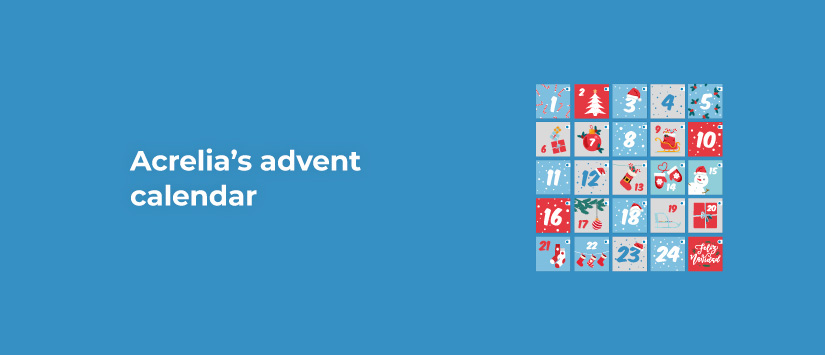Including alternative text on images is important for the accessibility of your email marketing. It is also advisable to use it so that users who have blocked images or connectivity problems can understand the message. Therefore, it must be a useful description for the recipient and, if the campaign ends up being indexed by search engines, it is not superfluous to write it with a keyword for SEO.

Keep it short
When the ALT tag is inserted in the HTML of a campaign to describe the content of an image, it is not necessary to include all the details. Writing a short alt text is better than a long one that can be confusing. Less than 100-125 characters is enough for an attractive description.
Be relevant
Obviously, the file name is not a suitable ALT, even if it is descriptive. In addition, there are details that are unnecessary because they do not add value to the description and also take up characters making it longer for no reason. It is better to avoid generic phrases, such as ‘photo of’ or ‘poster of the show’ and put directly the name of the place or the title of the show, for example.
Include keywords
Keywords have a double function in this case. On the one hand, they help the alternative text to be scanned by the user (or their screen reader) to identify the relevant words for the campaign, such as those that highlight the value proposition of a product, the main objective or a call to action. On the other hand, they can help find the content if it is public in search engines or within the email manager itself.
Provides value
Describing the image is why the ALT tag exists in HTML, but that text can be used in other ways. For example, if it's a picture of a product, don't just say ‘Family drinking [product name]’; add an eye-catching benefit, a use that makes it more appealing to that particular segment, or the price if it's a campaign explaining an offer.
Replicate the words of banners
Although it is not recommended to use images for titles or banners that could be just text, there are brands that prefer to do so in order to use their own typography. When you use this resource too much, it can be difficult to read the message with the photos blocked if the words of the image are not replicated in the alternative text. Generally, these are just a few words but important to the campaign, such as slogans or taglines.
Don't repeat yourself
Look at the text surrounding the image to avoid repeating the same thing and having an echo effect. It is monotonous and can tire the user to the point of wanting to stop reading the message, which would be negative for conversion results. Just as you have chosen a photo to convey an idea or tell a story, write the alternative text thinking that it is a contribution to the understanding of what you want to tell.
Experiment with pixel art
This trend in email design involves using colour charts to mimic images that have not been downloaded. In addition to being a very creative option that catches the attention of recipients, it is perfectly combinable with ALT tags in messages, for example to create a different campaign from the original one based on hidden phrases that only users with blocked images see.
Leave it blank
It is just as good practice to write an ALT correctly as it is to leave it empty when there is no point in including it. If you go through your usual template, you are likely to find some graphic elements that are purely decorative, for example a separator line or repeating icons. In these cases, it is better not to describe them at all because they might distract from the more relevant content.
Ensure its independence
The alternative text must be able to be understood on its own, as it substitutes for an image that the user is not seeing. Therefore, it is best to write it imagining that it is totally independent from it, especially for visually impaired people who use a screen reader. This way, you make sure that the message is understandable to all users.
Test and test again
Once you have drafted the whole campaign, test it to make sure it is readable on different devices and with the images blocked. On the Acrelia campaign editor you it is very easy to ensure that nothing spoils the understanding of your email marketing because you can test this option using the drop-down menu of the preview.





